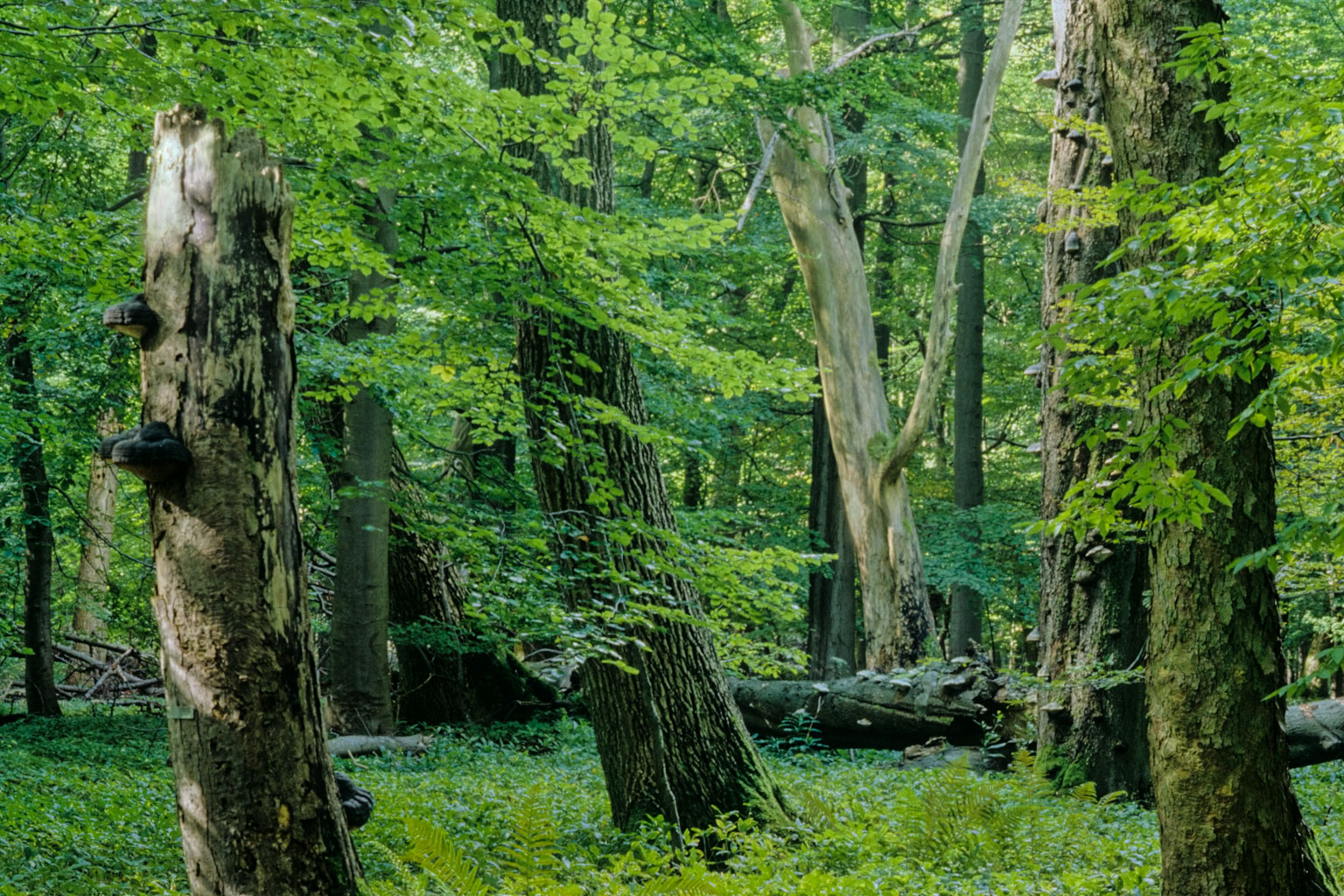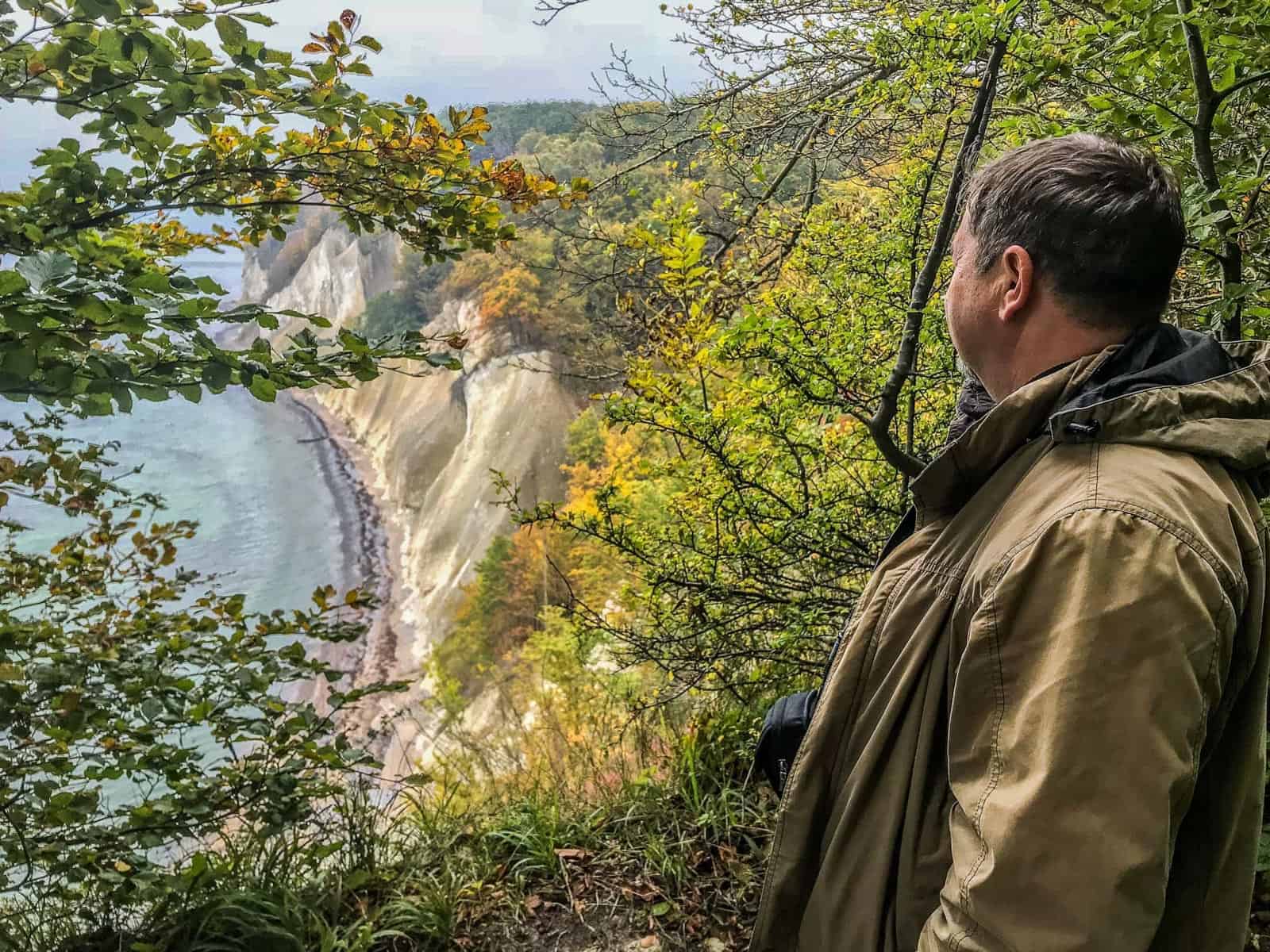Special report: Sanitary logging is often legalising timber harvesting!
Sanitary logging is a standardised forest management tool, but it is now too often used to legalise extensive timber harvesting. Regular sanitary logging is a forestry operation with the primary objective to solve a health problem of a particular forest stand. Timber and economical benefit should not be the prime objective.
Please also read: Romania – Victim of Deforestation

Sanitary logging has to be used in specific situation and in specific time. For example, removing already dead trees killed by bark beetle is just aesthetic management. Even more important is that the sanitary logging is used when needed and is legal!
In the last years sanitary logging is more and more frequently use as an excuse to commercially remove timber from the forest and even from protected areas and is sometimes even used as a cover for illegal logging activities. The case of Bialewieza forest is one of the more prominent cases lately.
This is happening in several Central and Eastern European countries (e.g. Slovakia, Czech, Poland, Romania and also in Ukraine). The are several tricks to implement sanitary logging as an excuse for commercial logging. For example the sanitary logging is done in different areas as officially declared, or it is done in a different intensity as officially declared. Furthermore, a very critical abuse is that during selecting and marking the trees, the focus is more on the quality of logged timber instead of the real sanitary purpose.
Simultaneously it is an important to keep in mind that sanitary logging is not a proper management tool in protected areas of IUCN category Ia Strict Reserve and Ib Wilderness, but also in the core zones of IUCN categories II National Park and IUCN category V Nature Park. Nevertheless, the sanitary logging is often used as an excuse even in these areas just to get access to the attractive timber.




The European Wilderness Society participated as the international expert in a recent survey of sanitary logging sites in Ukraine together with WWF DCPO and other forest experts. You can view and download the report below:
Subscribe to our newsletter!










Similar procedure close to Vienna in floodplain forests. Because of ill ash trees not only ash trees are cutted. All trees of an area are harvested. Remaining is an area which is no longer a floodplain forest.